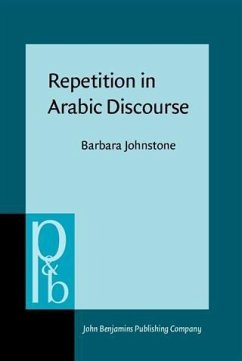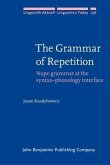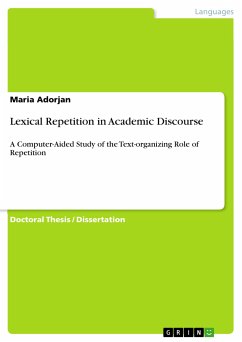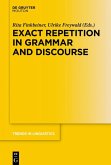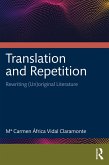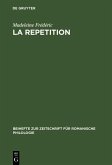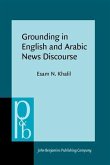In this examination of expository prose in contemporary Arabic, structural and semantic repetition is found to be responsible both for linguistic cohesion and for rhetorical force. Johnstone identifies and discusses repetitive features on every level of analysis. Writers in Arabic use lexical couplets consisting of conjoined synonyms, which create new semantic paradigms as they evoke old ones. Morphological roots and patterns are repeated at close range, and this creates phonological rhyme as well. Regular patterns of paraphrase punctuate texts, and patterns of parallelism mark the internal structure of their segments. Johnstone offers an explanation for how repetition of all these kinds can serve persuasive ends by creating rhetorical presence, and discusses how the Arabic language and the Arab-Islamic cultural tradition especially lend themselves to this rhetorical strategy. She suggests, however, that discourse repetition serves a crucial function in the ecology of any language, as the mechanism by which speakers evoke and create underlying paradigmatic structure in their syntagmatic talk and writing.
Dieser Download kann aus rechtlichen Gründen nur mit Rechnungsadresse in A, B, BG, CY, CZ, D, DK, EW, E, FIN, F, GR, HR, H, IRL, I, LT, L, LR, M, NL, PL, P, R, S, SLO, SK ausgeliefert werden.

